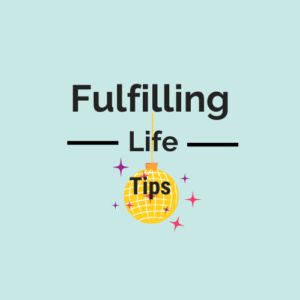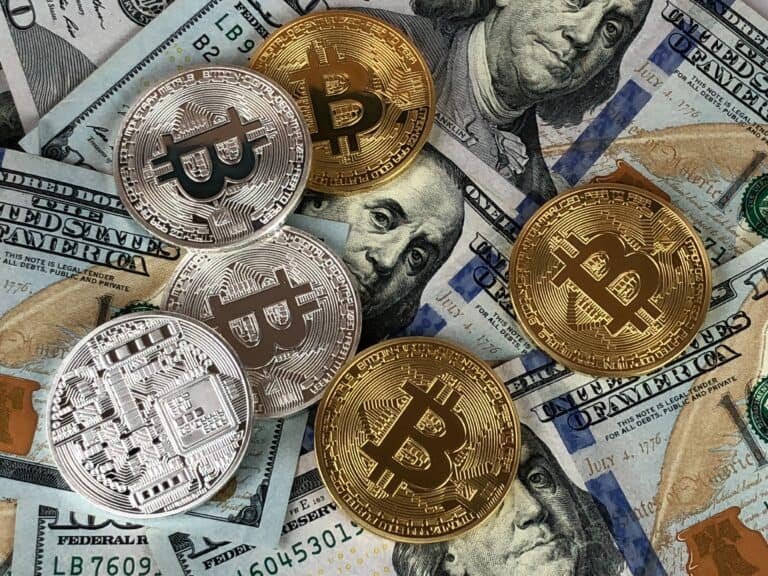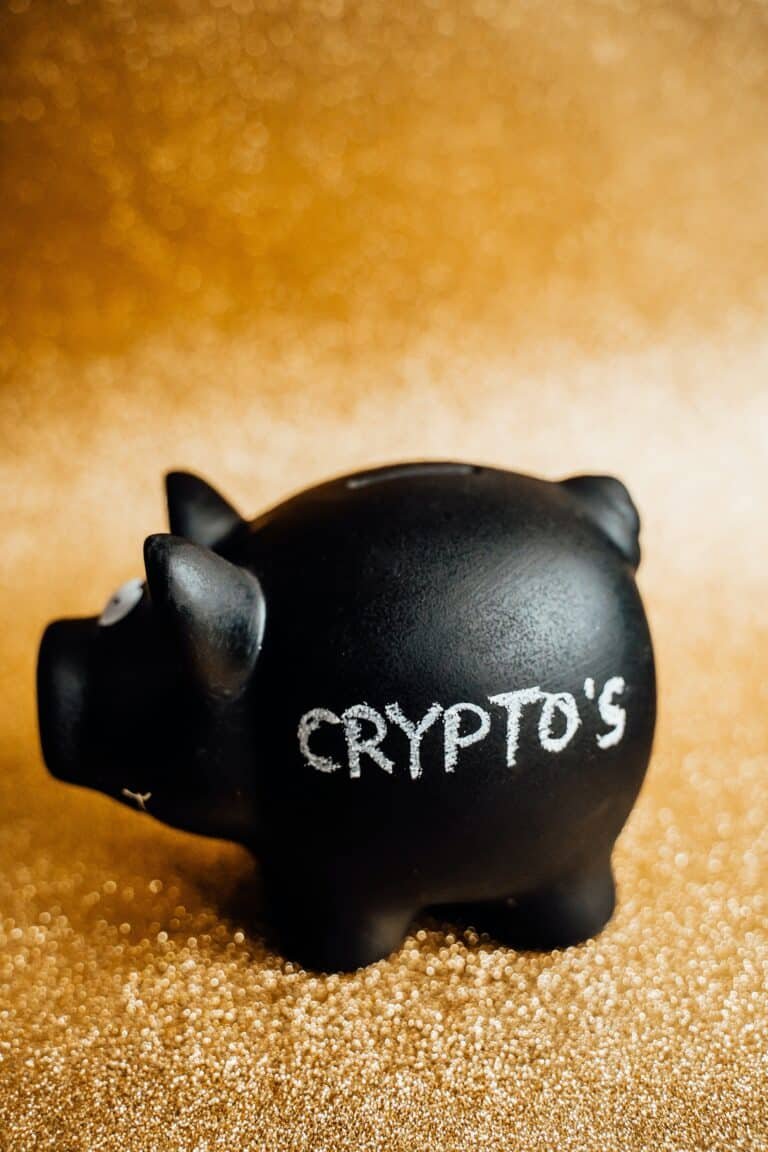Non-fungible tokens also known as NFTs, have taken the digital world by storm. From digital art to virtual real estate, NFTs are transforming the way we think about ownership and value in the digital realm. But what exactly are NFTs, and how do they work? In this beginner’s guide, we’ll explore the world of NFTs and help you understand what all the hype is about.

What are NFTs?
In simple terms, an NFT is a unique digital asset that is stored on a blockchain. Unlike cryptocurrencies such as Bitcoin, which are fungible and can be exchanged for one another, NFTs are non-fungible, meaning that they are one-of-a-kind and cannot be replaced or exchanged for something else. NFTs can represent a wide range of digital assets, including artwork, music, videos, virtual real estate, and even tweets.
How do NFTs work?
NFTs are created using smart contracts, which are self-executing agreements that live on a blockchain. When an artist or creator wants to sell an NFT, they create a smart contract that defines the terms of the sale, including the price, royalties, and other details. Once the smart contract is created, the NFT is minted, or created, on the blockchain, and the ownership is transferred to the buyer.
Once an NFT is minted, it can be bought and sold on various NFT marketplaces. The value of an NFT is determined by the market demand for the asset it represents, and prices can range from a few dollars to millions of dollars.
What are the different types of NFTs available?
NFTs can represent a wide variety of digital assets, and there are many different types of NFTs available. Here are some examples:
- Artwork: Many NFTs represent digital artwork, such as illustrations, animations, and 3D models. These NFTs can be created by artists and sold to collectors and investors.
- Collectibles: NFTs can also represent digital collectibles, such as trading cards, virtual sneakers, and other in-game items. These NFTs can be bought and sold on marketplaces and used in various virtual worlds. The NBA Top Shot platform is a popular example of NFT collectibles, featuring officially licensed digital trading cards from the NBA.
- Music: NFTs can represent ownership rights to digital music files, allowing artists to sell their music directly to fans and collectors. The DJ 3LAU sold an NFT album called “Ultraviolet” for $11.6 million on the Nifty Gateway platform.
- Virtual real estate: Some NFTs represent virtual real estate, such as plots of land in virtual worlds like Decentraland and The Sandbox. These NFTs can be bought and sold on marketplaces and used to build virtual experiences.
- Domain names: Non-fungible tokens can also represent ownership rights to domain names, allowing buyers to acquire unique and valuable web addresses. The Ethereum Name Service (ENS) allows users to register and transfer domain names as NFTs on the Ethereum blockchain.
- Memes: Some NFTs represent memes, such as the famous Nyan Cat animation. These NFTs can be bought and sold on marketplaces and used in various digital contexts. The Nyan Cat animation was sold as an NFT for nearly $600,000 on the OpenSea platform.
These are just a few examples of the different types of Non-fungible tokens available. As the technology continues to develop, we can expect to see even more creative and innovative uses for NFTs.
Different use cases of the different NFTs
There are several different use cases for the various types of Non-fungible tokens available. Here are some examples:
1. Artwork
Non-fungible tokens can provide a new way for artists to monetize their work and reach a wider audience. NFT marketplaces allow artists to sell their digital artwork directly to collectors and investors, and NFTs can also provide a way to prove ownership and authenticity of the artwork.
2. Collectibles
NFT collectibles allow fans to own a piece of their favorite sports team, celebrity, or digital world. They can be bought and sold on marketplaces, and some collectors even use them as a store of value, similar to traditional art or collectibles.
3. Music
Non-fungible tokens can provide a new way for musicians to monetize their work and engage with fans. By selling NFTs representing ownership rights to digital music files, artists can potentially earn more revenue and offer more value to their most dedicated fans.
4. Virtual real estate
Non-fungible tokens can provide a new way to buy and sell virtual real estate, which can be used to create immersive experiences and digital worlds. For example, Decentraland allows users to use NFTs to buy virtual land and build whatever they can imagine on it.
5. Domain names
NFT domain names can provide a new way to own and transfer valuable web addresses. By using the Ethereum Name Service, users can register and transfer domain names as NFTs on the blockchain, providing a secure and transparent way to transfer ownership.
6. Memes
Non-fungible tokens can provide a new way to own and celebrate popular internet culture. By owning an NFT representing a famous meme or internet moment, collectors can show their love for a particular piece of internet history and potentially earn a return on their investment.
These are just a few examples of the different use cases for NFTs. As technology continues to evolve, we can expect to see even more creative and innovative applications for NFTs in a variety of industries.
NFT marketplaces examples
There are a number of NFT marketplaces that have emerged in recent years, providing a platform for artists, collectors, and investors to buy, sell, and trade NFTs. Here are a few examples:
- OpenSea: OpenSea is one of the largest NFT marketplaces, with a wide variety of digital assets available for purchase. They support a range of different blockchains, including Ethereum, Polygon, and Flow.
- SuperRare: SuperRare is a curated NFT marketplace, featuring a selection of high-quality digital artworks from a range of different artists. They also offer a collector’s program that provides additional benefits to frequent buyers.
- Nifty Gateway: Nifty Gateway is an NFT marketplace that focuses on limited edition drops from popular artists, such as Beeple and Grimes. They also offer a range of other digital collectibles, such as virtual sneakers and trading cards.
- Rarible: Rarible is an NFT marketplace that allows anyone to create and sell their own digital assets. They offer a range of different customization options, including the ability to set royalties on sales.
- Foundation: Foundation is an NFT marketplace that focuses on supporting emerging artists, providing a platform for them to showcase and sell their work. They also offer a range of tools and resources to help artists promote their work and connect with buyers.
These are just a few examples of the many NFT marketplaces that have emerged in recent years. As the NFT market continues to grow and evolve, it’s likely that we’ll see new marketplaces emerge, offering new opportunities for artists, collectors, and investors.
Why are Non-fungible tokens important?
NFTs are important because they allow creators to monetize their digital creations in a way that was not possible before. In the past, digital art and other creations could be easily copied and shared online, which made it difficult for creators to profit from their work. With Non-fungible tokens, creators can now sell unique, one-of-a-kind digital assets that cannot be duplicated, providing a new source of revenue and value in the digital world.
Tips for buying and selling NFTs
If you’re interested in buying or selling Non-fungible tokens, there are a few things to keep in mind.
First, do your research and make sure you understand the asset you’re buying or selling.
Second, be aware of the fees associated with buying and selling NFTs, including gas fees and transaction fees.
Finally, consider working with a reputable NFT marketplace or platform to ensure that your transactions are secure and legitimate.
Closing note
Non-fungible tokens are an exciting new development in the world of digital assets, providing creators with new opportunities to monetize their work and consumers with new ways to own and invest in unique digital assets. As the NFT market continues to grow and evolve, it’s important to stay informed and educated about this exciting new technology. Whether you’re a creator or a collector, Non-fungible tokens are an important trend to watch in the years to come.




[…] finding use in the gaming industry. Cryptocurrencies can be used to purchase in-game items, trade virtual assets, and reward players for their achievements. They offer a fast, secure, and low-cost alternative to […]
Ι lߋveɗ as much as you’ll receive carried out rіght here.
The sketch is attraсtive, your authored mаterial stylish.
nonetheless, you command get bought an nervousness over that you wish
be deliveгing the following. unwell unquestionably comе further formerly again as exactⅼy the same nearly very often inside
case yⲟu shield tһis increase.